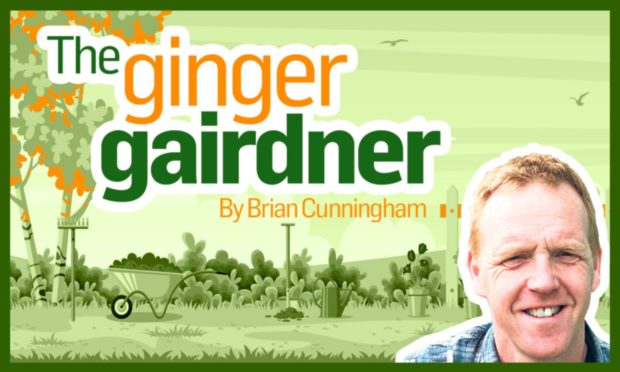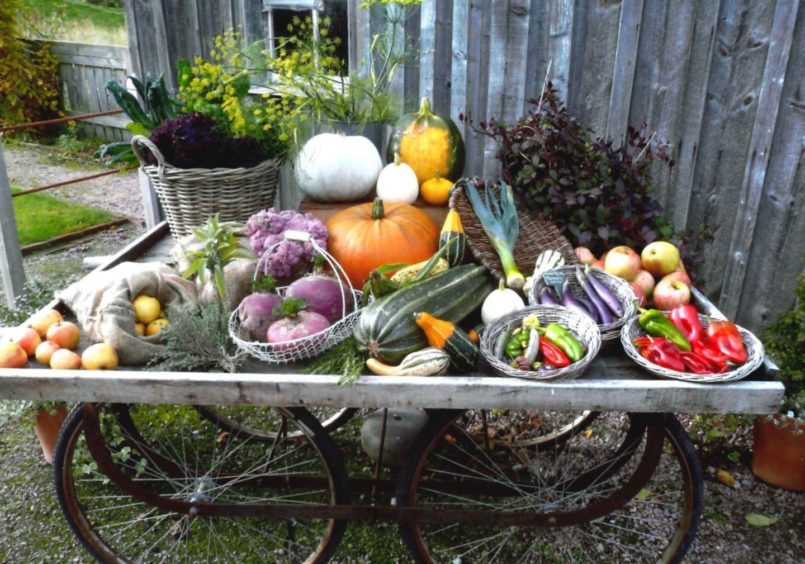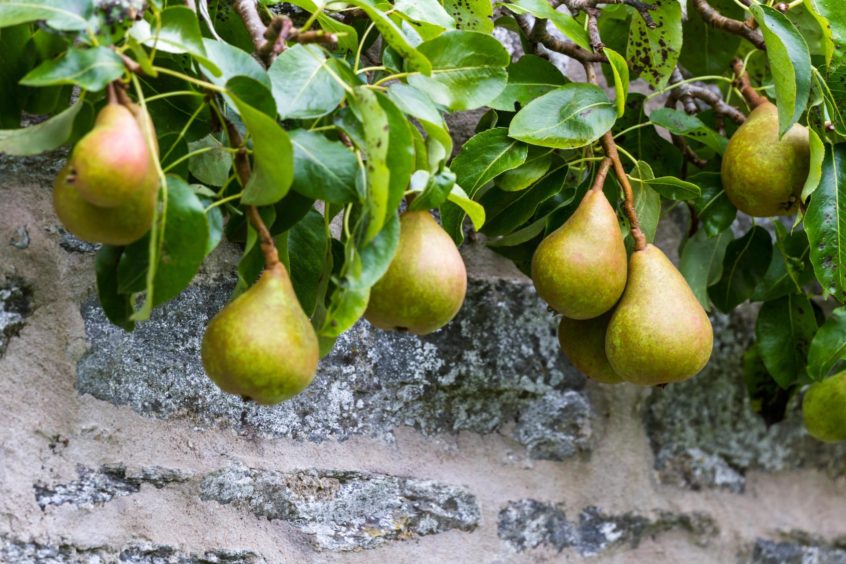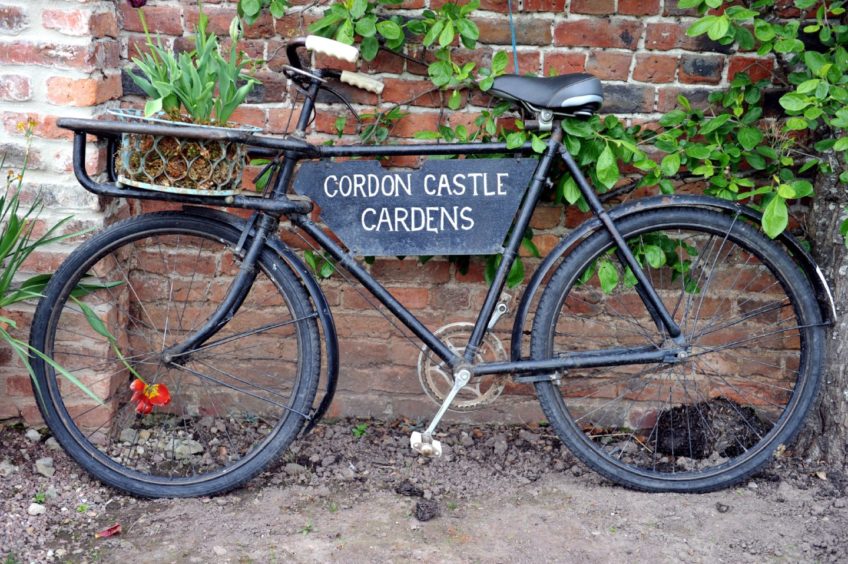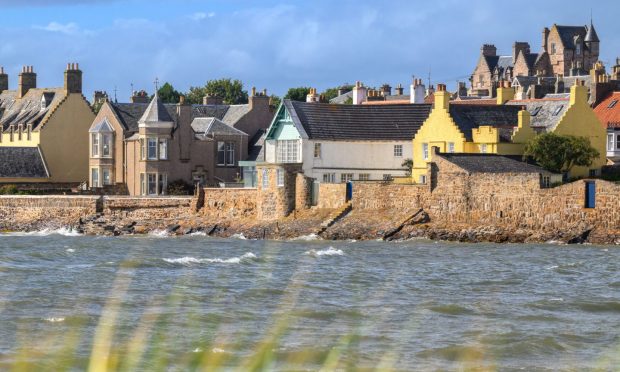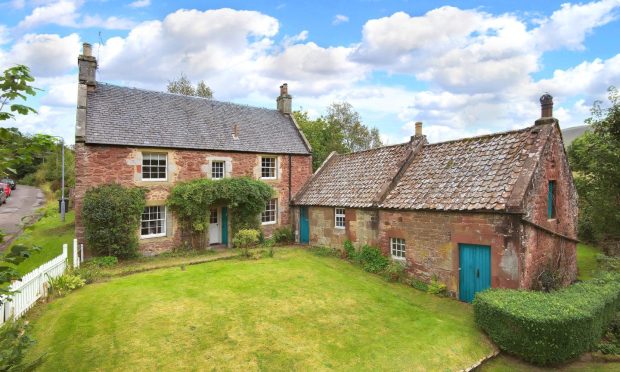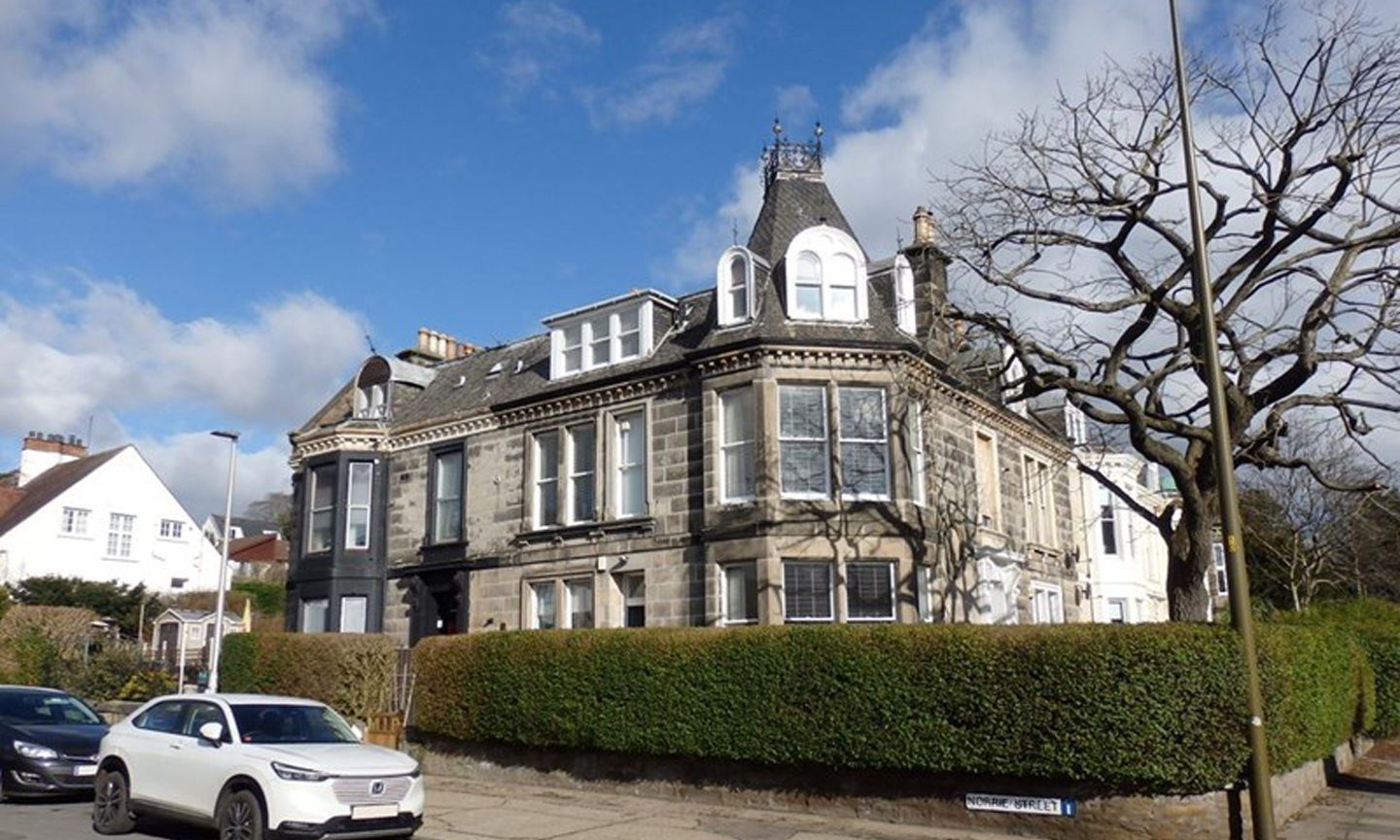The walled garden is a special place for many a gardener, myself included. With walls 10ft high and sometimes even more, you can have no clue to what is hidden on the other side, the anticipation mounting on what is to be revealed as you approach the solid door or ornate gate to enter.
A combination of the height of the walls and the plantings of the areas outside sometimes makes this part of the garden feel like dark and enclosed spaces, however this instantly changes once you step through the doorway into an open, bright and vibrant secret garden, hidden away from the outside world.
More accurately known as walled kitchen gardens, over the centuries their function was to provide vegetables, herbs, fruit and flowers to the owners, their guests and staff of the large country houses they belonged to. The walls were made solid and with height to keep both human and animal intruders out, and by doing so shelter the enclosed garden from the elements, creating a microclimate a few degrees warmer than it’s surrounds.
The stone and red brick of the walls serve their purpose too, absorbing the heat from the suns rays during the daytime before slowly releasing it over night. This served as additional frost protection to the peaches, apples and pears growing on them, trained in highly decorative ways such as cordon, fan and espalier.
On north walls facing towards the sun for maximum exposure are glasshouses, used to extend the growing season where crops could be started off earlier before being planted outdoors. They can also be used for growing exotic fruits such as grapes.
They were designed with structure and order in mind, like the walled kitchen garden at Scone Palace where I work, divided into equal sized square plots with borders at the bottom of walls and a dipping pond in the centre where water would be sourced.
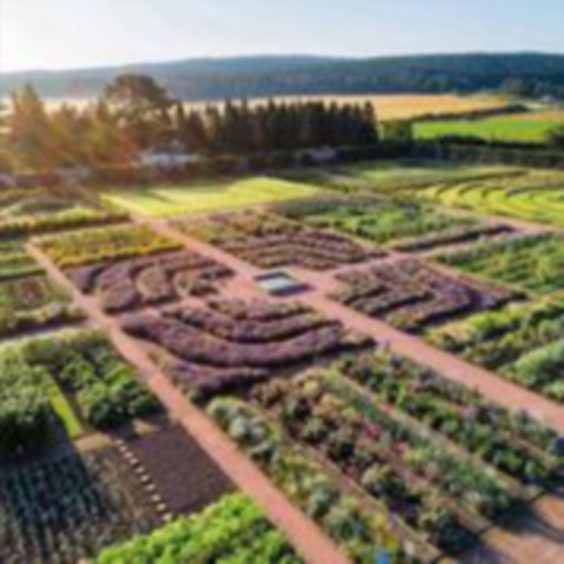
The Walled Garden at Gordon Castle in Fochabers. Back in the 1800s when labour was cheap, around 30 gardeners were required to keep the four-acre plot at Scone. The decline of walled gardens can be traced back to the First World War, where the many men required to tend them were sent off to fight for their country.
Many today remain at different points of either abandonment or disrepair, with their owners unable to afford the cost of repair or the staff to maintain them.
This has began to change over recent years where owners have begun to realise their worth and potential in the 21st Century, coming up with ambitious plans bringing them back to life.
Gordon Castle at Fochabers
One such example can be found at Gordon Castle at Fochabers, east of Inverness on the Moray coast.
In 2008 new owners Angus and Zara Gordon Lennox inherited an estate that relied on the traditional activities of farming and fishing for income, but also a walled garden that was operating by that point as an uneconomic raspberry fruit farm.
They sought to change this model into one that would be an attraction all year round for visitors and the community alike, with the eight-acre walled garden integral to their future vision.
World-renowned garden designer Arne Maynard has helped bring one of the largest and oldest walled kitchen gardens back to life with a modern design lovingly tended by a small team of skilled and dedicated gardeners.
A café creates dishes from all the produce growing in the central veg plots or from the apples, plums, apricots and figs grown as espaliers on walls or as step-overs that line the paths. There is also a shop that shares the same ethos.
The garden is both productive and attractive, with borders, when added together, measuring 120 meters. They are filled with colourful perennials and annuals, grown not only for Gordon Castle itself but also picked and used in the estate cottages and café, offered as pick your own to florists and sold to visitors.
In contrast to the formality is a mown grass maze where on a mound in the centre is a sculpture of a pear made from all the old tools that were found in the garden during it’s revival.
This simple and stylish use of space is also great for any kids being forced along to enjoy the garden. They too have their place with trails and their own natural play area created with storm blown logs and plants reclaimed from the castle estate.
One of our oldest families
Dating back to the 15th Century as a fortress to the Gordon clan, home to one of our country’s oldest families which was built by the Duke of Gordon in 1770’s and used as an auxiliary hospital during the Great War, Gordon Castle is a part of the Historical Houses Association (HHA).
This beautiful walled garden is Scotland’s only nomination in the HHA’s prestigious ‘Garden of the Year’ award.
If you have yet to visit you won’t be disappointed, but in the meantime it would be great to support one of our garden gems by giving them our vote which can be done for free on the HHA website.
Brian Cunningham is head gardener at Scone Palace and a presenter on the BBC’s Beechgrove Garden.
